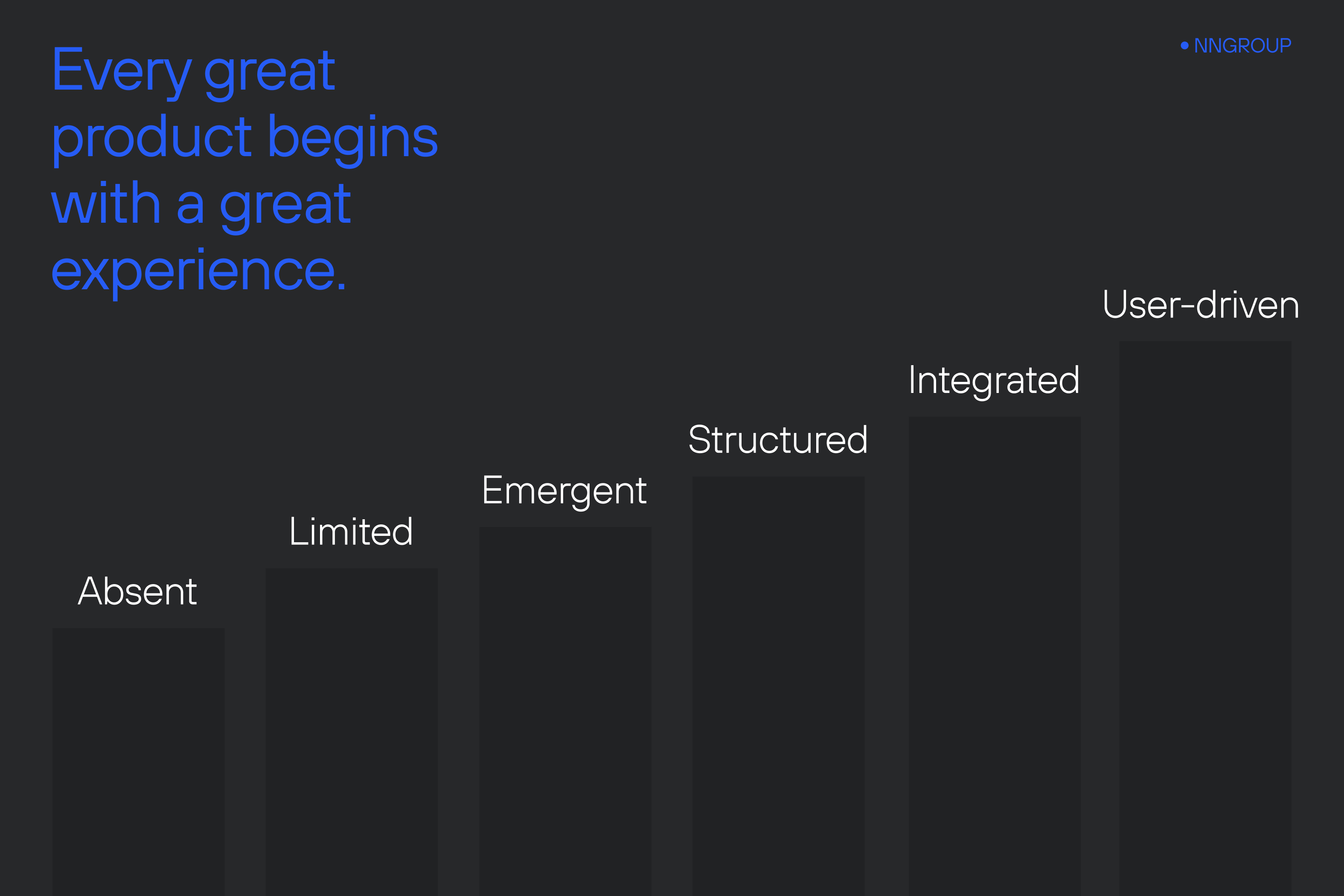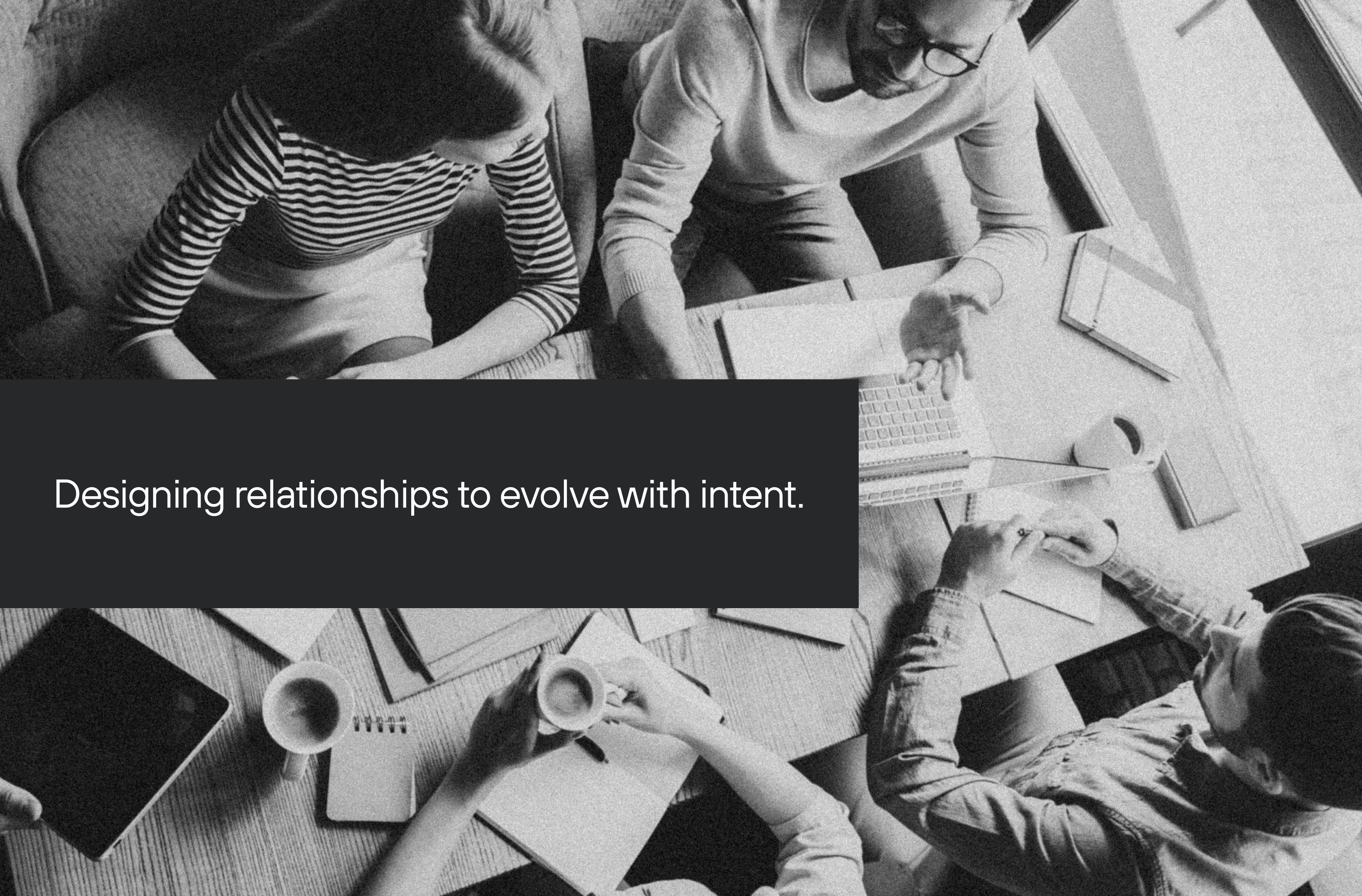Understanding UX Maturity: Why It Matters (And How We Can Grow Together)
June 12, 2025
Why Talk About UX Maturity?
Let’s be real — we all want to build products that make people’s lives easier, right? Whether you’re a designer, developer, product manager, or business leader, you’ve probably experienced firsthand how a well-designed product can delight customers and drive business success. But here’s the kicker: great user experience (UX) doesn’t happen by accident. It’s the result of consistent effort, structure, and collaboration.
This is where UX maturity comes in. It’s essentially a way to measure how well UX practices are embedded in a company’s culture, processes, and decision-making. The more mature we are in UX maturity, the smoother our workflows, the more innovative our ideas, and the happier our users.
What Is UX Maturity, Anyway?
Think of UX maturity like leveling up in a video game. At first, you’re learning the basics (sometimes just figuring out how to hold the controller). But with time, you start to unlock more advanced skills, tools, and strategies. The same applies to UX maturity: it’s a journey from zero awareness to having UX drive business strategy.
The Nielsen Norman Group (NNG) UX Maturity Model
One of the most popular frameworks comes from the Nielsen Norman Group (NNG), and it breaks UX maturity into six stages:
- Absent – UX isn’t on the radar yet.
- Limited – UX efforts are sporadic and inconsistent.
- Emergent – People are starting to get it; some UX activities begin popping up.
- Structured – UX teams, processes, and leadership support are in place.
- Integrated – UX is part of the company’s DNA, with cross-team collaboration happening naturally.
- User-Driven – UX leads the way, shaping strategy and fueling innovation.
In one example I've seen, things were evolving, and the organization was somewhere between Emergent and Structured. There were talented designers, but there wasn’t yet a clear playbook or consistent way of working. The team started small — documenting best practices, sharing knowledge in informal meetings, and gradually building trust with leadership. Over time, they aimed for Integration, and the improvements became tangible and exciting.
Why Should You Care About UX Maturity?
For Designers and UX Practitioners:
It’s your chance to level up your skills, gain visibility, and do more impactful work. The more mature the company’s UX maturity, the more opportunities for growth and innovation.
For Leadership:
UX maturity is a strategic advantage. Mature UX maturity practices lead to fewer mistakes, faster iterations, happier customers, and, yes, stronger business results.
For Our Clients:
A mature UX maturity approach means smoother interactions, less frustration, and services that feel tailor-made for them.
How Do We Know Where We Stand in UX Maturity?
Before we discuss improvement, let’s first address assessment. Here are some signs to help figure out where we currently are:
Key Indicators:
- Dedicated UX professionals on projects;
- UX is considered from the start, not just at the end;
- Leadership advocating for UX;
- Documented UX processes and methodologies;
I want to know more about Ux Maturity
How to Assess UX Maturity:
- Run internal surveys (responses can be eye-opening).
- Interview stakeholders — you’d be surprised how different teams perceive UX maturity.
- Benchmark against industry standards (NNG offers great resources).
Climbing the UX Maturity Ladder
Let’s break down how we can move through each stage, and what it looks like for our team, leadership, and clients:
From Absent to Limited:
- Design Team: Start the conversation! Share success stories, hold small workshops.
- Leadership: Invest in basic UX Maturity training.
- Client Impact: Small usability improvements — think fewer confusing buttons and more intuitive flows.
From Limited to Emergent:
- Design Team: Build informal processes and highlight quick wins.
- Leadership: Start forming a dedicated UX team.
- Client Impact: More consistent experiences; customers start noticing that things just work better.
From Emergent to Structured:
- Design Team: Create templates, guidelines, and best practice documentation.
- Leadership: Set clear UX maturity goals tied to business objectives.
- Client Impact: Trust builds as products become more reliable and user-friendly.
From Structured to Integrated:
- Design Team: Mentor others and foster cross-functional teamwork.
- Leadership: Start including UX maturity metrics in business reviews.
- Client Impact: Delightful, cohesive experiences become the norm.
From Integrated to User-Driven:
- Design Team: Lead innovation and constantly push boundaries.
- Leadership: Shape business strategy based on user insights.
- Client Impact: Clients become loyal advocates — they trust and love what we deliver.
Read also: Design on Demand: Agility and Strategy That Deliver Continuous Visual Value
The Secret Weapon: Design Ops in UX Maturity
Let’s not forget about the behind-the-scenes magic that makes all this possible: Design Operations (Design Ops). I’ve seen firsthand how a small but mighty Design Ops effort can completely transform how a team operates.
Speak with one of our specialists
What Design Ops Does:
- Streamlines Processes: No more reinventing the wheel for every project.
- Encourages Collaboration: Helps break down silos between teams.
- Measures Impact: Tracks metrics to show the value of UX maturity and guides where to improve.
At Dexa, Design Ops helped us standardize our design system, speed up handoffs, and keep everyone aligned. It’s like having a personal trainer for our design team — keeping us on track and pushing us to improve.

Deepen your knowledge: 5 Signs That Your Design Operation Needs to Evolve
Why UX Maturity Matters for Business Growth
Let’s connect the dots: more mature UX Maturity = better products = happier customers = business growth. It’s that simple. Companies that invest in UX Maturity reduce rework, speed up development, and build stronger customer loyalty. In other words, good UX is not just good for users — it’s good for business.
Final Thoughts: What’s Next for Our UX Maturity?
We’ve come a long way, but there’s more to do. Every time we improve our UX maturity, we make life easier for our clients, create better products, and become a more innovative, competitive company.
If you’re a designer: speak up, share your ideas, and don’t be afraid to challenge the status quo. If you’re a leader: support your UX teams, invest in training, and let UX maturity metrics inform your decisions. If you’re part of a different team, collaborate with us — we’re all on the same mission.
I’d love to hear your thoughts! What challenges do you see in advancing our UX maturity? What small wins can we celebrate together?
Resources to Check Out:
Books I Recommend:
- UX Strategy by Jaime Levy
- Org Design for Design Orgs by Peter Merholz & Kristin Skinner
Let’s keep building together.

